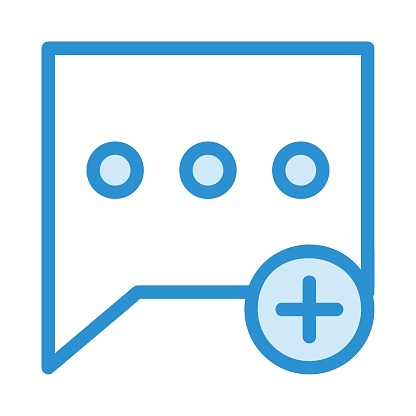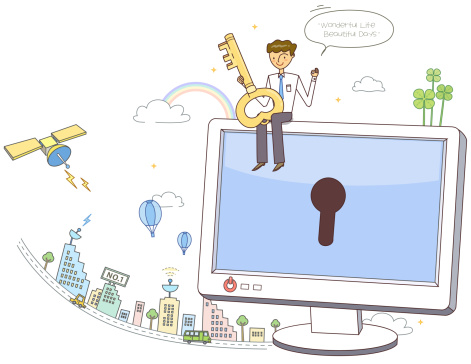How Does One Choose Technology to Properly Manage People, Planning, and Processing in the Legal Sector?

Although law firms are often willing to improve and modernize their level of technology to better serve their clients, they are hesitant, as they do not know where to begin. What sort of technology would best fit their personal situation? Additionally, many firms are partner-based where there is less collaboration that is often found in other organizational structures. This can make it difficult to implement new technology, even when there is a consensus that it would be beneficial.
The security of personal information, however, is important in any organization. This is even more vital in the legal sector. The legal ramifications and increased regulations to protect the privacy and security create greater challenges. Increases in the volume of data handled by many law offices require a more technically savvy, automated system. The skill levels of those trying to illegally obtain that sensitive information points to a higher level of governing security. There are several aspects to consider.
What Are Variations Between Information Governance (IG) and Data Governance?
The “Information Governance Initiative” (IGI) defines IG as the following: “The activities and technologies that organizations use to maximize the value of their information while minimizing risk and cost.” Where Data Governance focuses primarily on data, IG goes beyond merely governing data. It requires businesses to work closely with Information Technology (IT) to improve the following aspects:
- Improve data protection
- Improve overall business processes
- Improve information management
Effective IG works to utilize IT counterparts to implement the improved organizational technology. The goal is to protect data and information, as well as overall make the business more efficient. This improves the attorney/client experience and ultimately improves the bottom line. Therefore, it offsets the initial cost of increasing technology.
How Does Communication Technology Improve the Attorney’s Experience?
By integrating more modern communication technology options, firms enable data transfer and information to reside in a centralized location to which the necessary parties have access. With portals, such as the LAA Online Portal, associates collaborate on cases and share files with ease.
Chatbots provide a simple way for clients to contact their lawyer directly. They also let consultants speak one-on-one without scheduling appointments. With faster communication, the typically slow “wheels of justice” are sped up exponentially. A combined approach that a consulting IT organizes and implements, reduces confusion and errors, as answers are often prompt, if not instantaneous.

How Does Organization Technology Aid Law Firms?
Organizational technology includes such things as improved data management plans, as well as better file storage systems. As information is more readily available, it is easier to find. Rather than spending hours or days searching through paper archives and journals, the information is right at a lawyer’s fingertips. They are easily accessible via search terms. This frees legal staff to spend their time on other aspects and tasks. It decreases workload and, perhaps, allows the firm to take on a greater number of clients. This results in a more profitable fiscal year.
What Forms of Content Analysis and Information Management Are Required?
Not only does IG require a data organization system. It requires information storage featuring secure retrieval. Data Loss Prevention (DLP) is a concern for any business. This is important in the legal sector, as having secure and easily accessed records is instrumental. Protection against loss is necessary.
More than ever before, risk management is part of IG’s importance for law offices. The potential threats of losing data to a cyberbully have increased as the technology itself has grown. In fact, the accident transferal of sensitive material is not out of the realm of possibility. This is especially true as associates spend more time working digitally, rather than working with hard copies. Without the proper protections in place, this could be catastrophic.
Data mapping allows an organization to determine what information is in their possession, where that information should be located, and how to easily access it. This is important for the following purposes:
- Business Intelligence
- Compliance
- Data Privacy
- Data Security
- Litigation
- Risk Management
It is also important that firms work with those who understand and can meet their specific needs. There aren’t a “one-size-fits-all.” An individual approach per field, as well as office, is required. Working with a team to develop the best plan is integral for successful, sustainable use.
In Conclusion
Implementing more advanced technology is required for the proper governance of information. With the currently available IG technology, solutions provide content level and file level analysis throughout a legal firm or a network of partners. Having access to the right IG plan for a specific law firm allows it to fulfill the necessary communication, organization, filing, security, data privacy, and legal accountability that some data requires. IG practices realize how important the three key ingredients are in creating a functional, efficient workspace. The essential elements are people, process, and technology.









